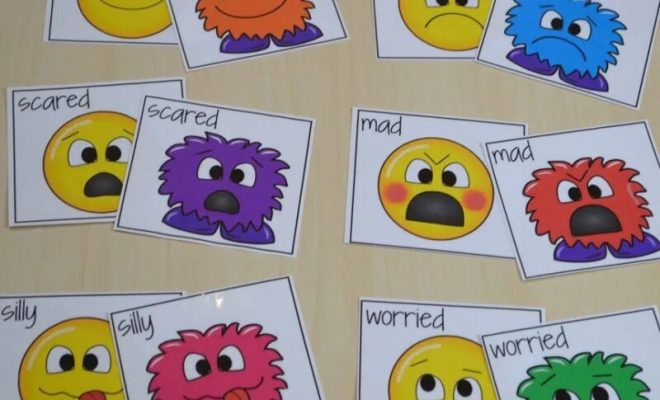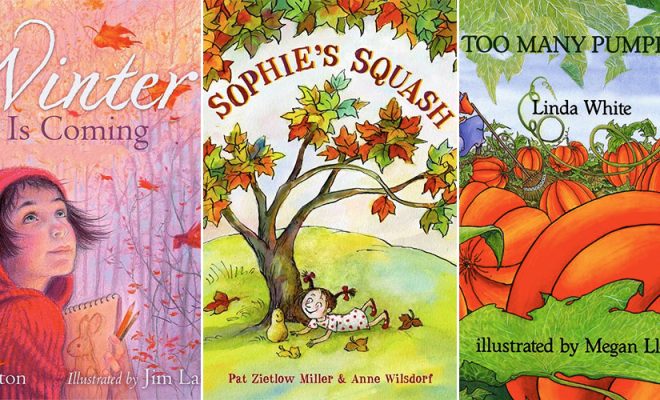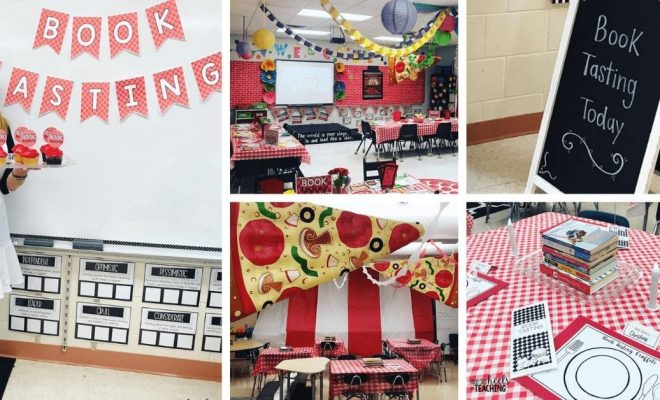18 Zones of Regulation Activities to Help Kids Manage Their Emotions

The Zones of Regulation is a framework that helps children understand and manage their emotions. It categorizes emotions into four different zones: blue, green, yellow, and red. Each zone represents a different state of emotional regulation. By teaching children to identify their emotions and giving them strategies to regulate themselves, the Zones of Regulation can be a powerful tool for emotional development.
Here are 18 activities that can be used to help kids manage their emotions within the framework of the Zones of Regulation:
1. Emotion Sorting: Create a deck of emotion cards and ask children to sort them into the different zones based on their emotional intensity.
2. Zone Check-In: Use a visual chart or a simple worksheet for kids to track their current emotional state throughout the day.
3. Breathing Exercises: Teach children deep breathing techniques to help them calm down when they are in the red or yellow zone.
4. Yoga: Practice yoga poses with children to help them release tension and relax their bodies.
5. Mindfulness Activities: Teach kids to be present in the moment by engaging in activities such as mindful coloring or guided visualization.
6. Emotion Charades: Play a game of charades where children act out different emotions and other players guess which zone it belongs to.
7. Emotion Diary: Have children keep a journal where they can write or draw about their emotions and the strategies they used to regulate them.
8. Feelings Chart: Create a chart with different emotions and have children identify which zone each emotion belongs to.
9. Social Stories: Use social stories to help children understand and navigate different emotional situations.
10. Sensory Breaks: Provide sensory activities like playing with playdough or using a sensory bin to help calm children when they are feeling overwhelmed.
11. Emotion Walk: Take a walk outside and encourage children to identify and discuss the emotions they see in others.
12. Emotion Triggers: Have children create a list of their personal triggers and brainstorm strategies to manage them effectively.
13. Classroom Calm Down Corner: Designate a specific area in the classroom where children can go to calm down and regulate their emotions.
14. Emotion Check-In Cards: Provide children with cards that have different emotions and ask them to choose the card that best represents how they are feeling.
15. Reflection Time: Set aside a few minutes each day for children to reflect on their emotions and the strategies they used to manage them.
16. Feelings Thermometer: Use a visual thermometer with different emotions and levels of intensity to help children gauge their emotional state.
17. Role Plays: Act out different scenarios with children and discuss ways to react and regulate emotions in those situations.
18. Emotional Toolbox: Help children create a physical toolkit filled with items that can help them regulate their emotions, such as stress balls or fidget toys.
These activities aim to provide children with the skills and strategies needed to recognize, understand, and manage their emotions. By incorporating the Zones of Regulation framework into everyday life, we can support children in developing emotional well-being and self-regulation abilities.






